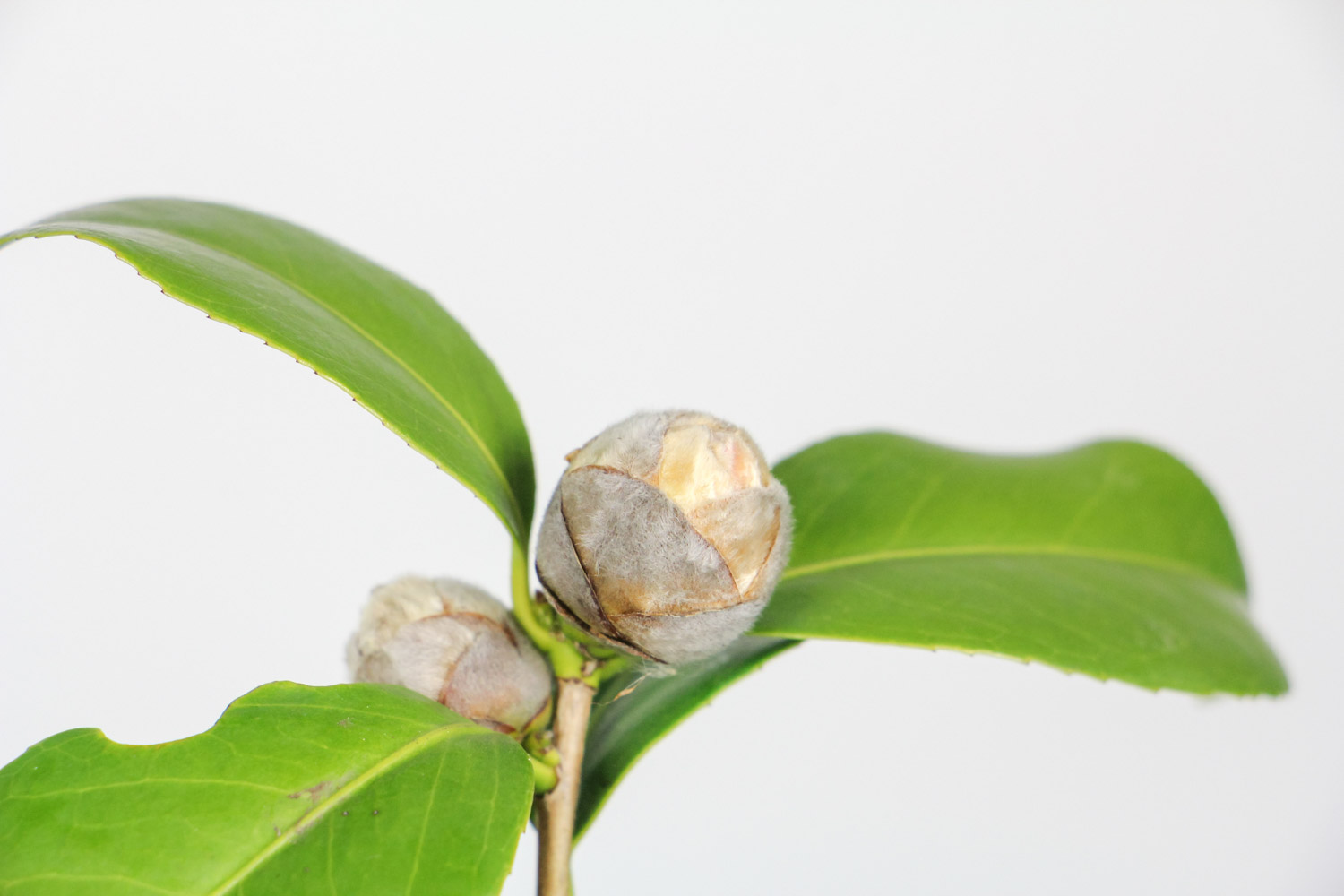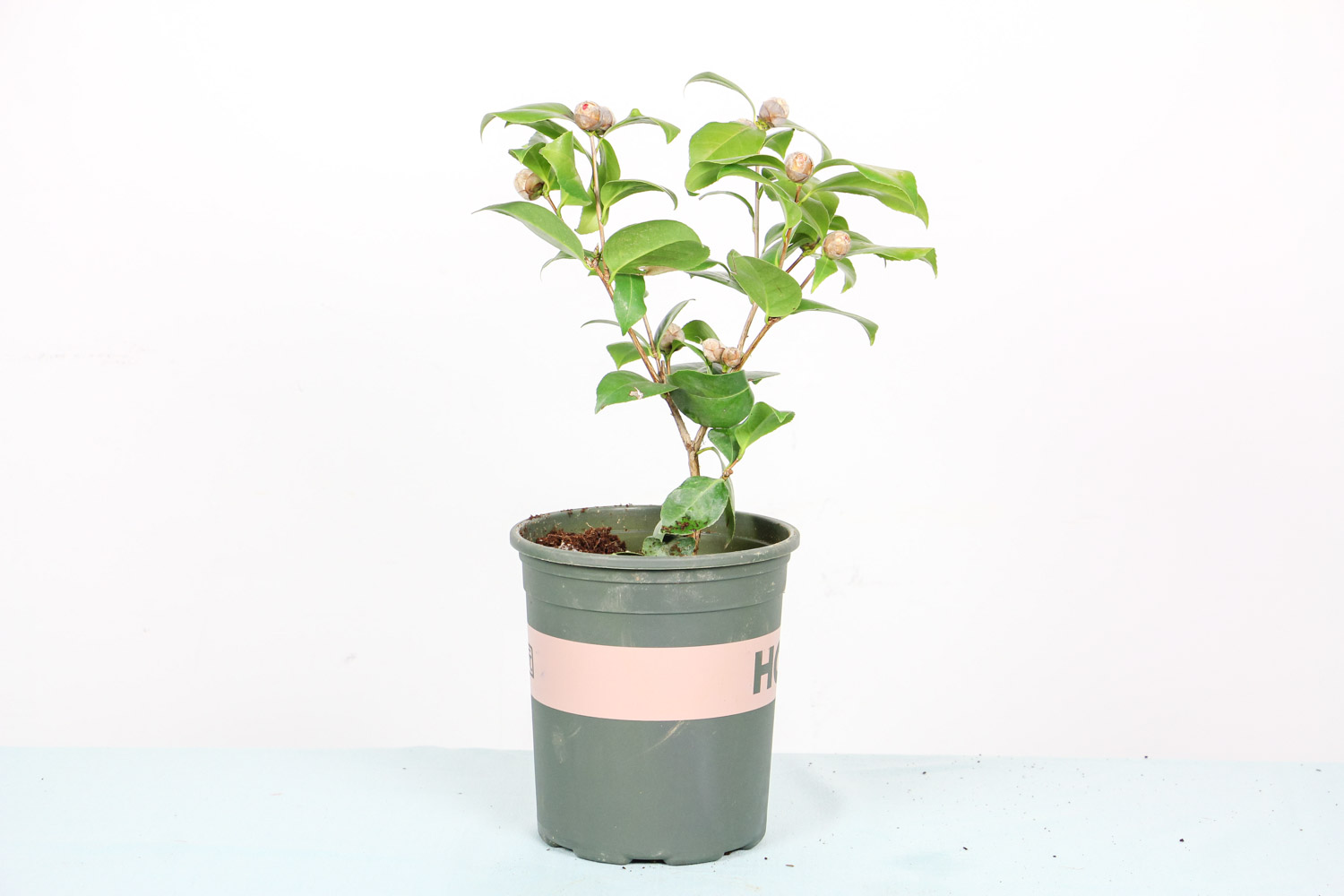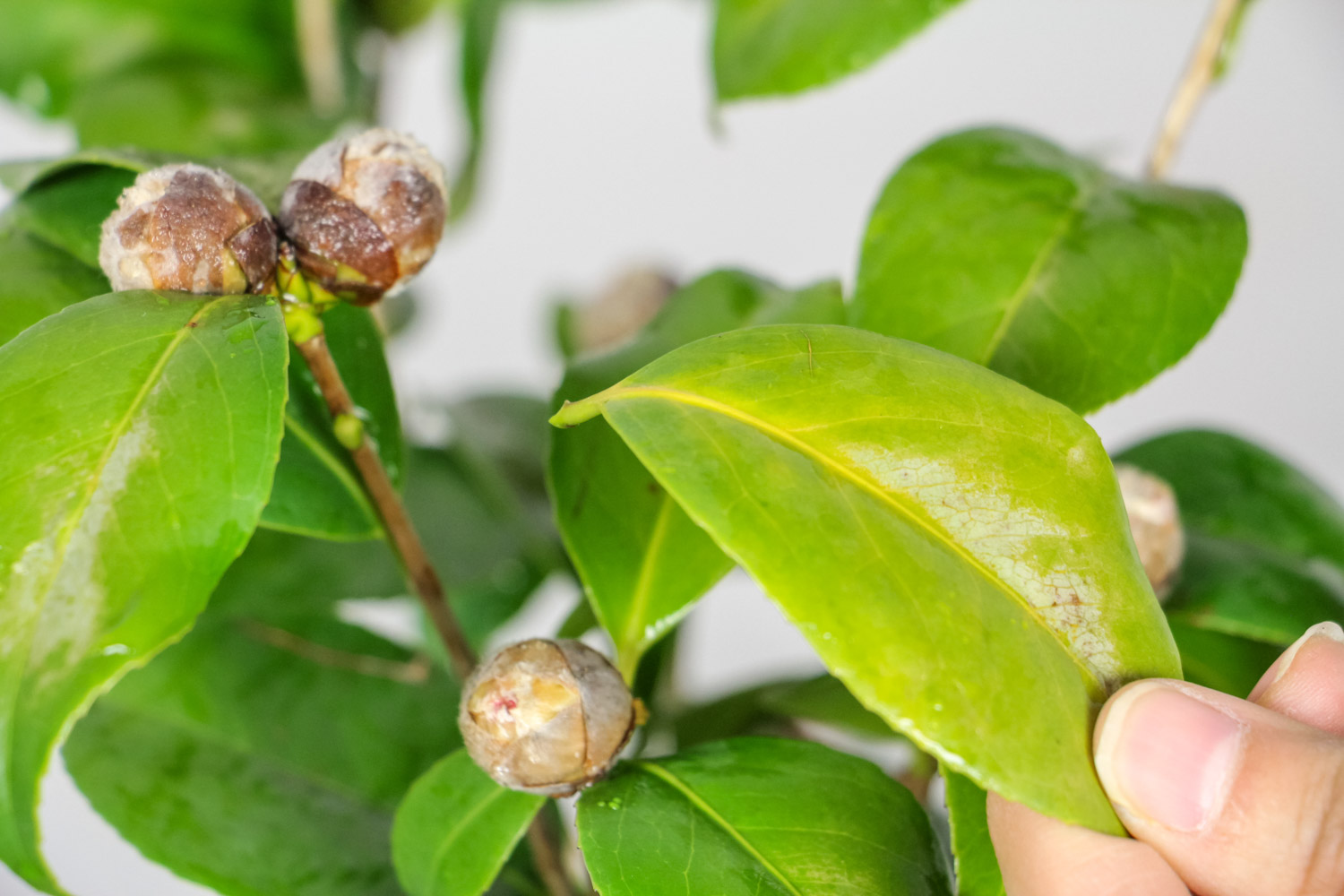1、 Breeding environment
1. Soil: camellia is suitable for loose and well drained acidic soil, and calcareous soil must not be used
2. Watering: when the new pot is put on, the water should be sufficient and thoroughly watered. The amount of watering can be determined according to the weather, as long as the soil remains wet; It can meet the needs of germination in summer; Watering in summer is best in the morning or evening; Pay attention to drainage in rainy season to avoid ponding
3. Fertilization: Camellia doesn't like fertilizer, so it doesn't need to apply too much fertilizer. Generally, mixed fertilizer should be used, mainly phosphate fertilizer, nitrogen fertilizer can also be used. The fertilizer should be fully decomposed before use. When it is strong, apply more fertilizer, and when it is weak, apply less fertilizer or no fertilizer
4. It likes a warm and humid environment. In spring and plum rain season, it should be given enough light to prevent its branches from becoming weak

2、 Breeding method
1. Cutting propagation: cut the stronger branches into a length of about 10cm, remove all the leaves in the lower part, and leave 2-3 leaves in the upper part. After cutting, water should be poured to ensure that the soil is wet, and it will take about two months to take root
2. Layering propagation: select the last year's branches, peel them at the high-pressure part and cover them with film, then fasten the lower mouth, install the culture soil and fasten the upper mouth. After rooting, cut it off and then plant it

3、 Common diseases and insect pests
The common pests are stem borers and scale insects, and the common diseases are anthrax and black coal disease. After the discovery of diseases and insect pests, the diseased leaves and branches shall be cleaned in time, and the control shall be coordinated with chemical spraying


 how many times do yo...
how many times do yo... how many planted tre...
how many planted tre... how many pine trees ...
how many pine trees ... how many pecan trees...
how many pecan trees... how many plants comp...
how many plants comp... how many plants can ...
how many plants can ... how many plants and ...
how many plants and ... how many pepper plan...
how many pepper plan...





























